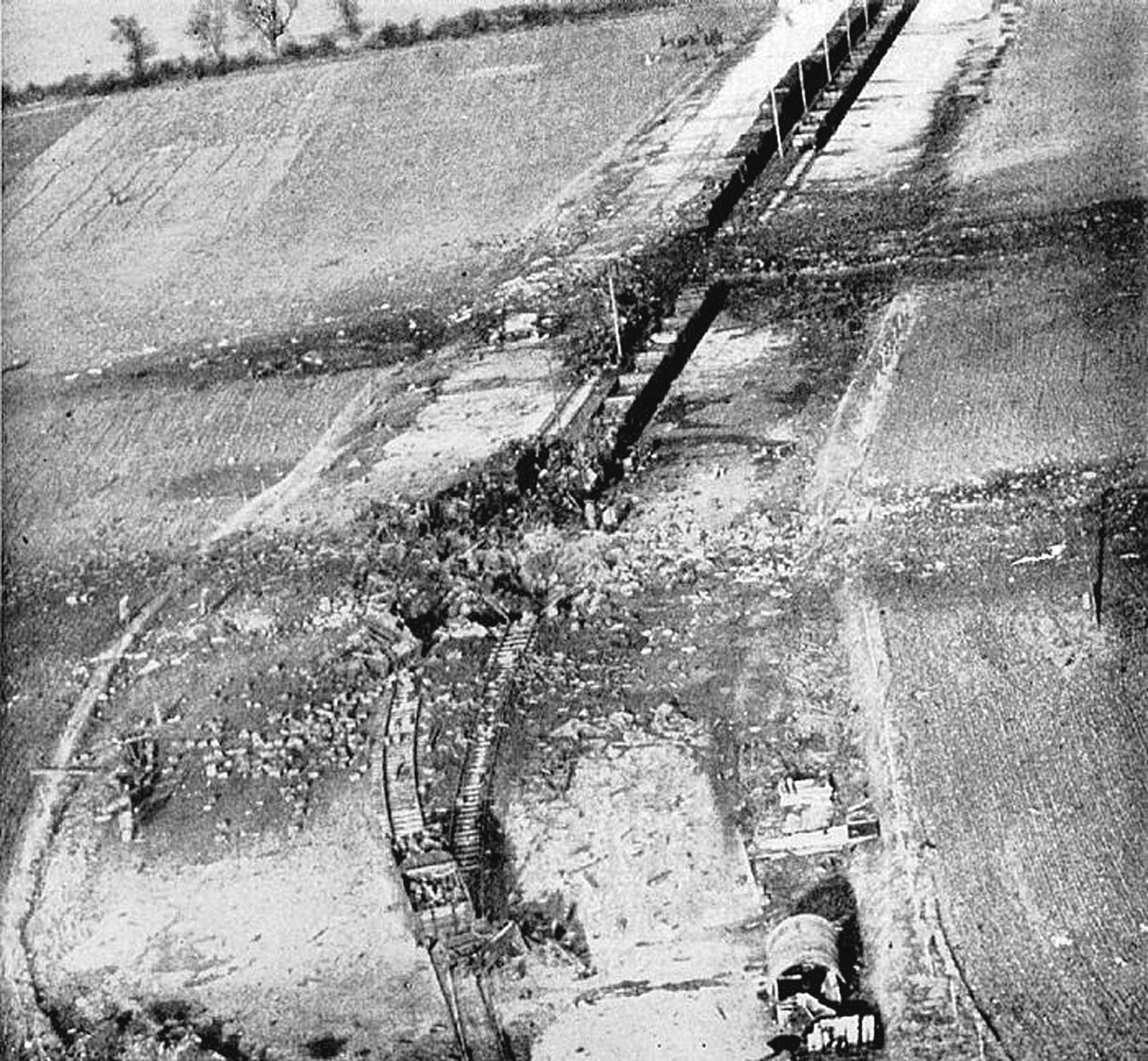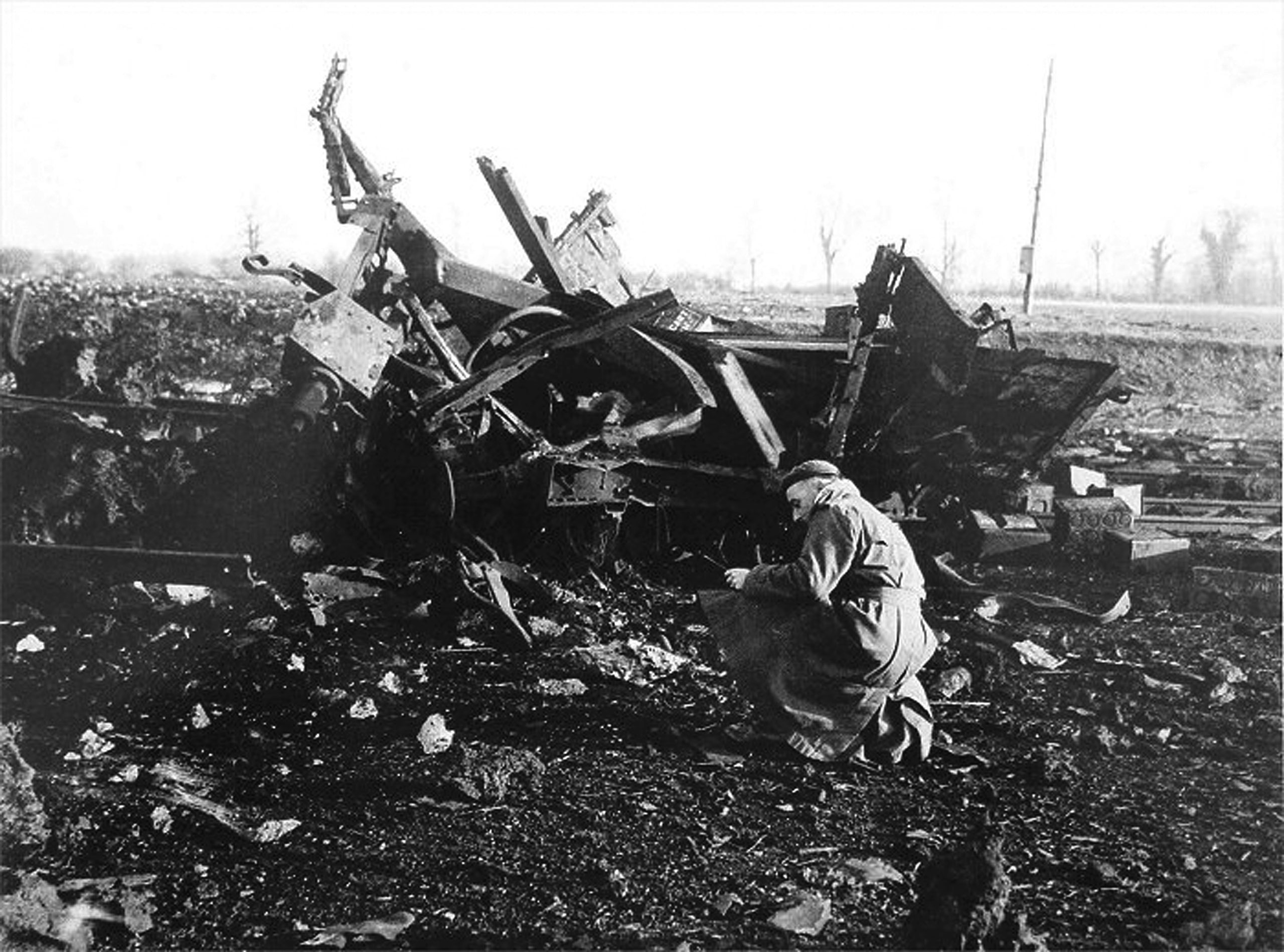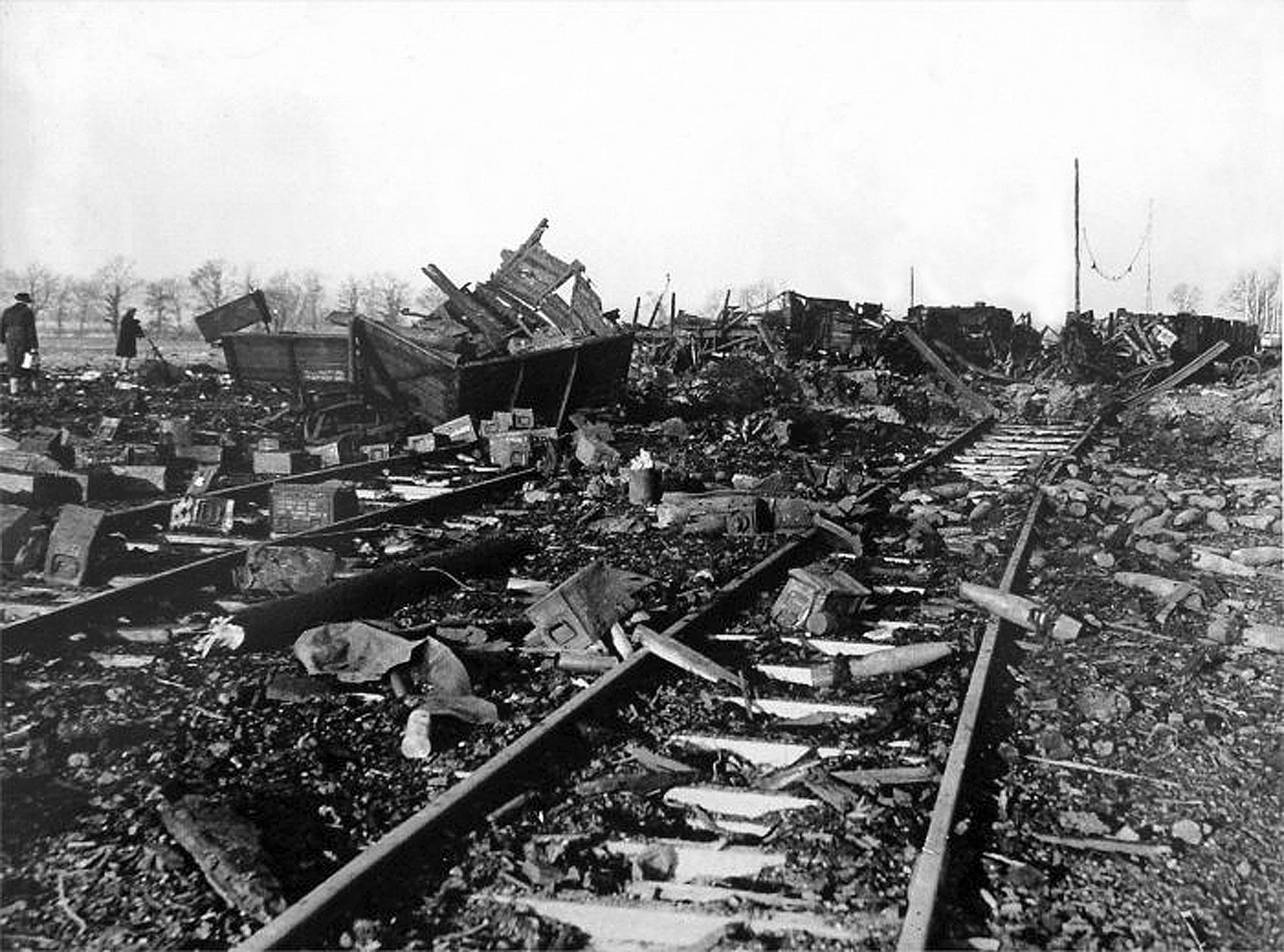The story begins in the early months of World War II, when Savernake Forest was selected to become an ammunition storage depot in July 1940. It was chosen because it had good rail and road links and ammunition could be dispersed over a wide area under cover of broadleaf trees, which would hide it from the air. Thousand of tons of ordnance were stored there, including over three thousand tons of chemical ordnance, like mustard gas.
The first Americans arrived at Savernake on 23rd July 1942 and their numbers grew to over 1,200 in the build up to D-Day, they were billeted in camps around the area, including Tottenham House, Postern Hill and Cadley.
As a portent of things to come there was a serious explosion, caused by a fire, near Warren Farm on 7th July 1945, which badly damaged the farm buildings and St Katherine’s Church. Damage ranged as far as Crofton, Great Bedwyn, Bedwyn Common, Chisbury, St Katherine’s and isolated settlements around the forest. One American serviceman was killed.




